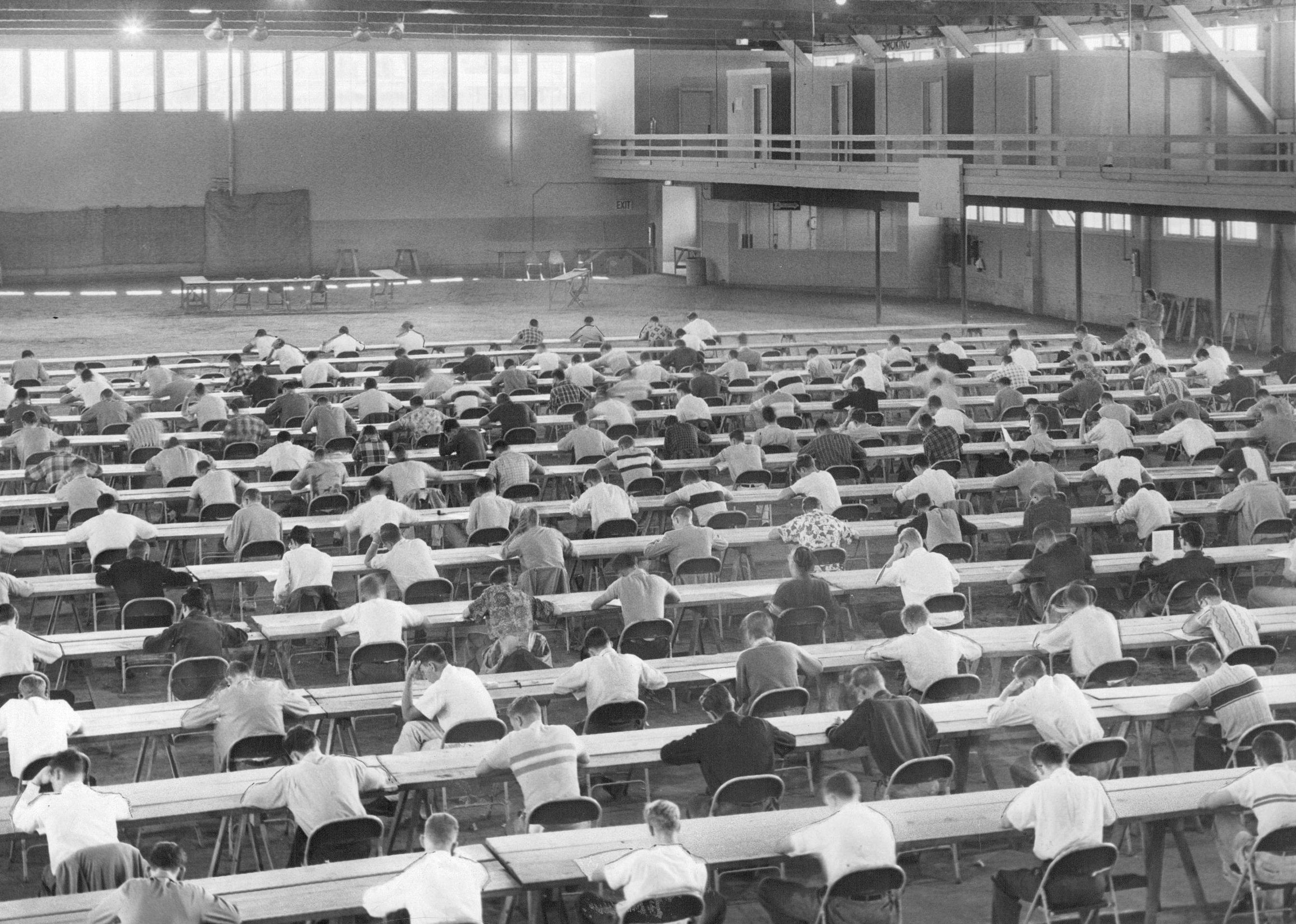
A history of standardized testing
A history of standardized testing
Standardized tests seemed at first to be a blessing. Children's abilities could be identified and assessed efficiently, schools could organize classes and curriculums, and the military benefited by finding the best soldiers with officer potential. Psychologists who developed the tests, like Alfred Binet of France and Lewis Terman of the United States, made advances in understanding how people think and learn.
But as standardized testing spread, its uses became less benign. Children were being channeled onto predetermined educational tracks based on test results that critics feared were incomplete, overlooked the full extent of their capabilities, and failed to take into account the many different ways of learning. Testing was endorsed by eugenicists, who believed in the existence of inferior races and advocated for the forced sterilization of those deemed mentally unfit.
Progressive educators worried that reliance on standardized testing rewarded conformity and left little room for creativity and independent thinking in the nation's classrooms. Testing questions and standards came under scrutiny for bias. Designed typically by white educators, they were administered to children of varied cultures, races, ethnicities, and socio-economic backgrounds. Nonetheless, standardized testing has endured as a widely used means to measure abilities and performance.
Stacker compiled of 25 important events and developments throughout the history of standardized testing from news, scientific, and government reports.
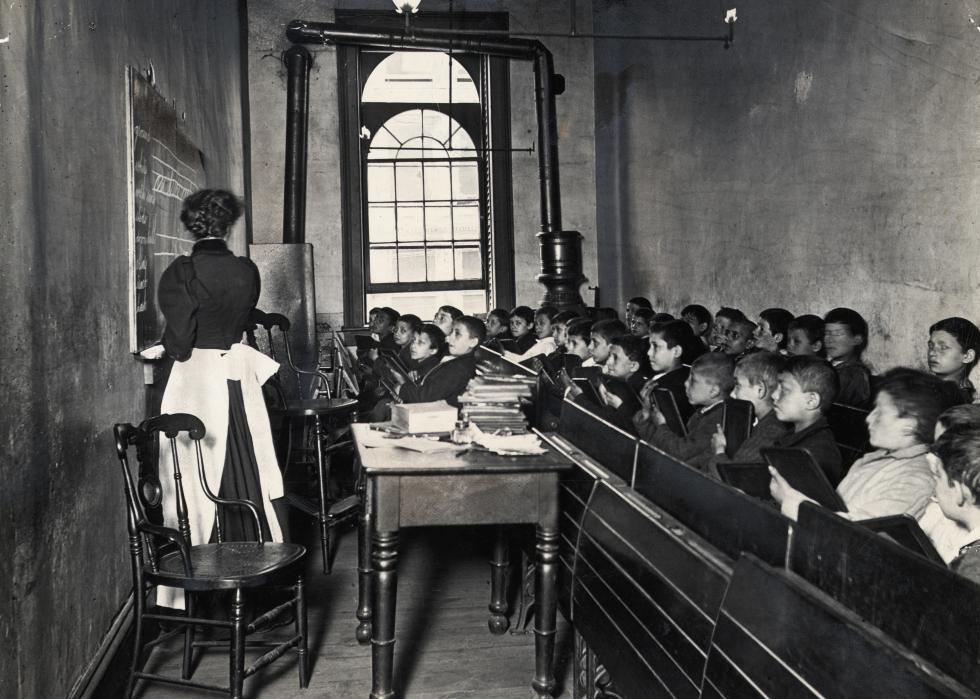
1840-1875: Two fundamental shifts in educational goals and methodology occur
The mid-1800s saw the expansion of publicly funded education and statewide curriculums. As of 1870, free elementary schools existed across the country, and the number of public secondary schools was growing. During the same time, advances in paper production led to books becoming less costly, which helped boost literacy rates in the middle class.
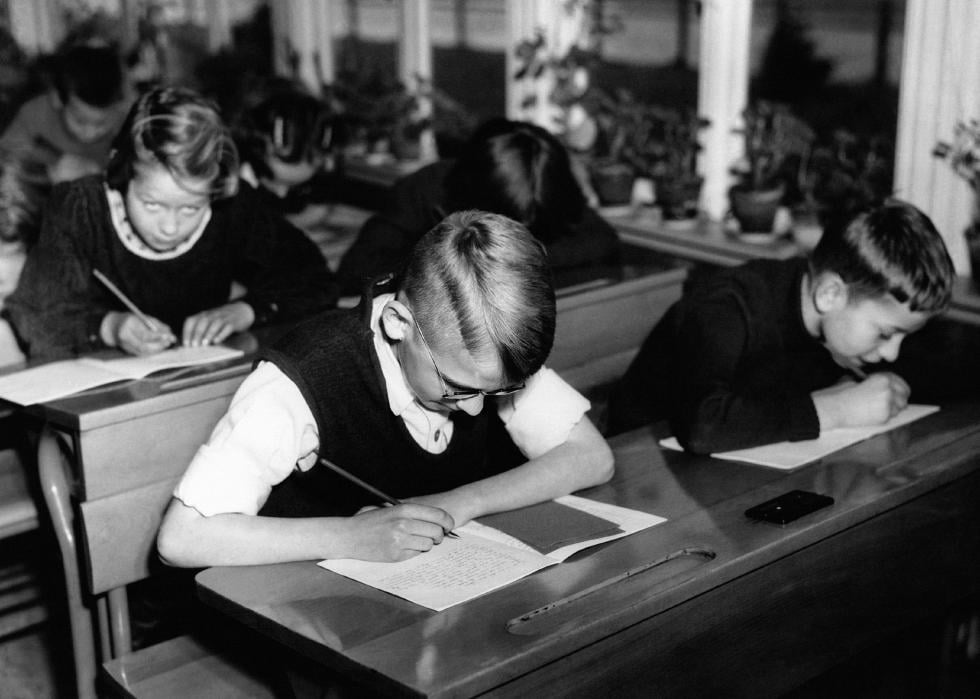
1855-1861: Written examination mandates become common
As more children attended school in the 1800s, educators began using standardized written tests to assess them. Testing became more formalized, and written tests replaced oral tests as administrative aids.
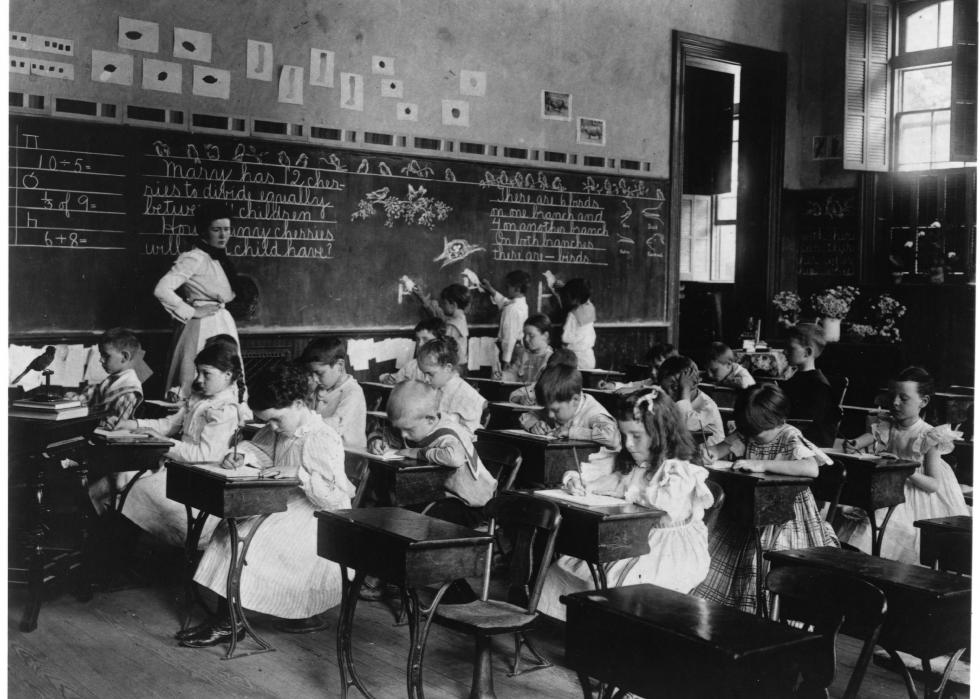
1875-1918: American educational institutions start to use a variety of new testing instruments
The use of intelligence testing spread in the U.S under the hand of psychologist Henry Goddard, who studied testing developed by French psychologist Alfred Binet and applied it at a school for “feeble-minded” children in New Jersey and at other schools. By the early 1900s, the testing was being done in public schools and among immigrants coming to Ellis Island.
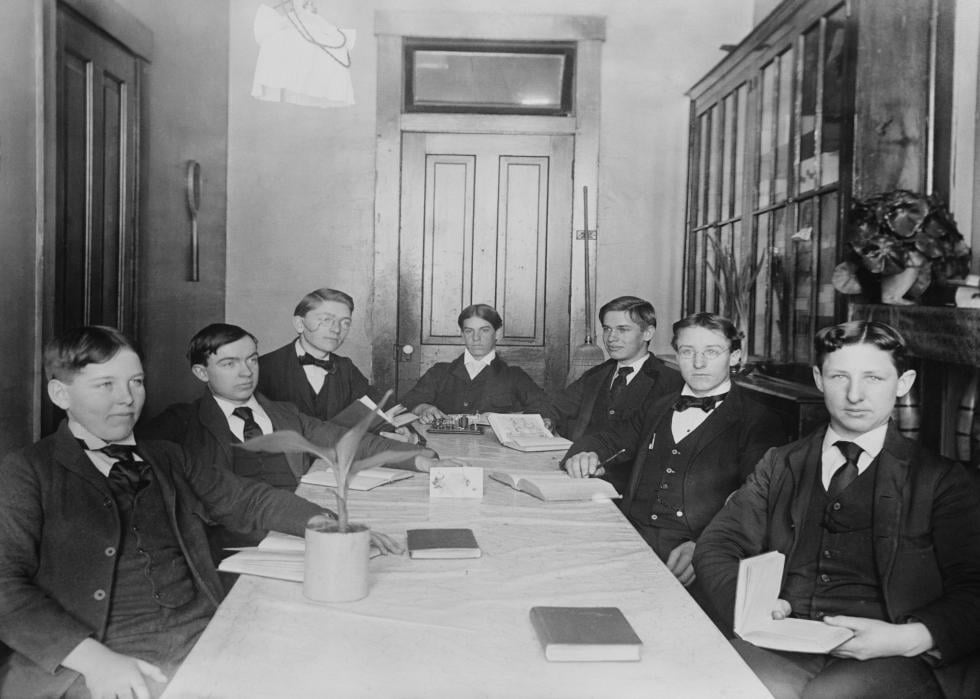
1890: College entrance exams are proposed
Originally, students applying to colleges underwent oral exams and later, written exams, administered by professors. The president of Harvard University, Charles Eliot, led a campaign to help set standards for admissions by encouraging schools to all use the same uniform entrance exam.
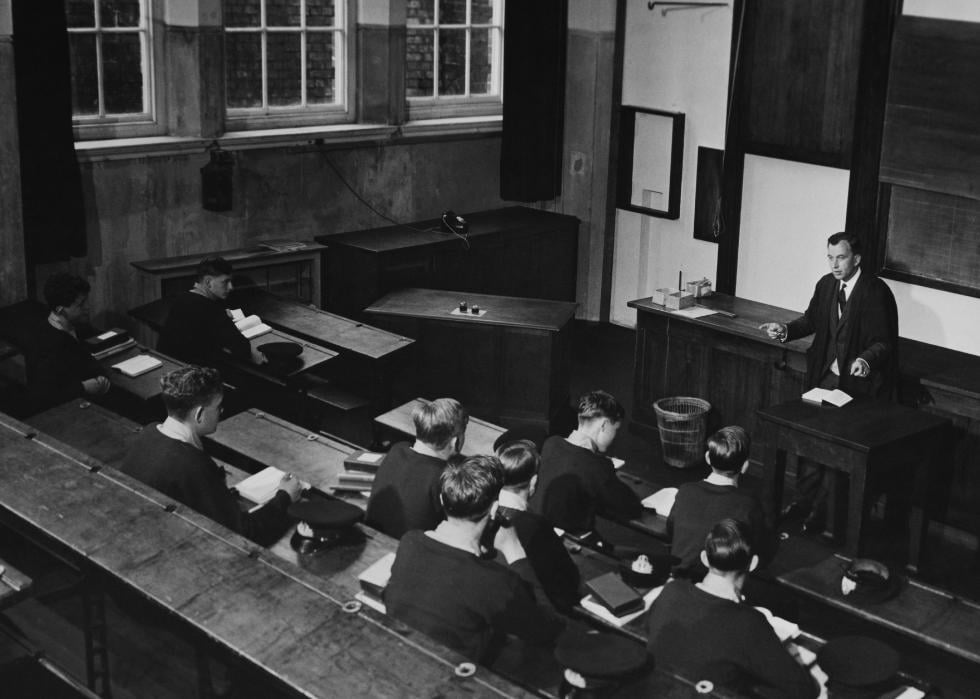
1900: College entrance exams become widely used
Twelve colleges, led by the presidents of Harvard University and Columbia University, formed the College Entrance Examination Board in 1900 that offered the first standardized entrance tests the following year. The tests included essays on various subjects.
You may also like: The best streaming services in 2021
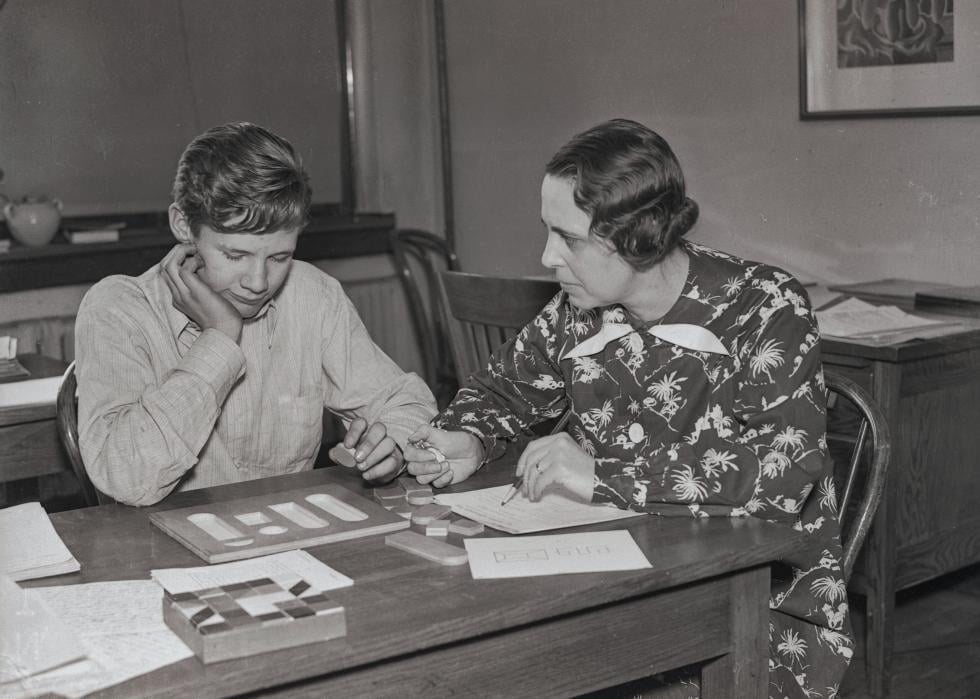
1900-1932: The type and variety of achievement and intelligence tests booms
The use of testing grew rapidly in the early 1900s. More than 1,000 achievement tests were being marketed, as were hundreds of tests designed to assess mental capacity, vocational skills, and athletic abilities. Statewide testing also grew significantly.
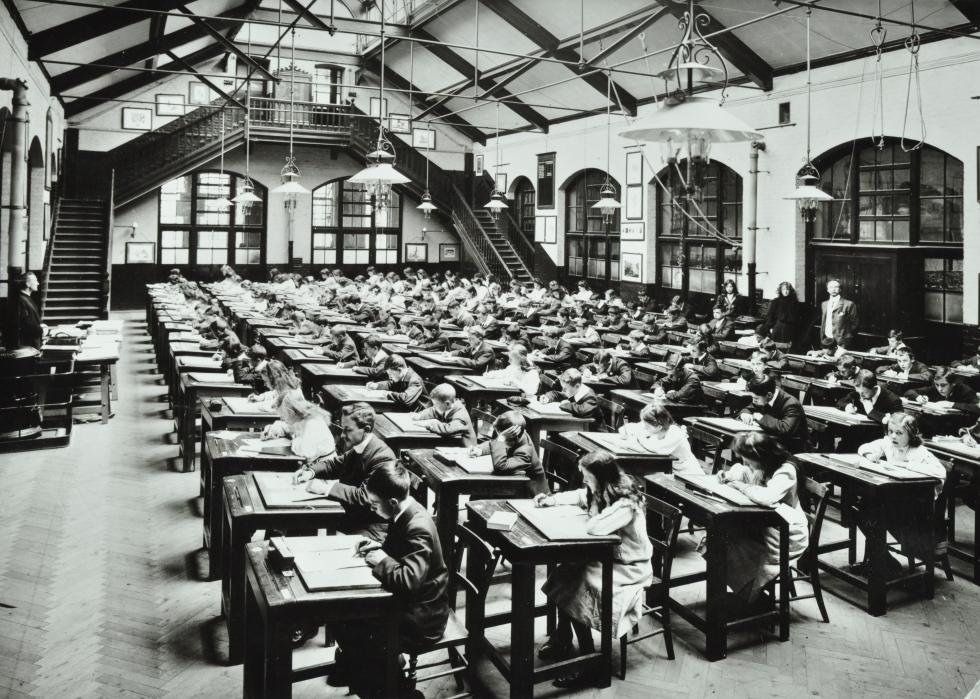
1905: Intelligence tests become primarily quantitative, not qualitative
French psychologist Alfred Binet and collaborator Theodore Simon created the Binet-Simon Intelligence Scale at the behest of the French government, which was seeking tests to identify students needing remedial studies. The tests concentrated not on learned subjects like math but on abilities such as memory and paying attention.
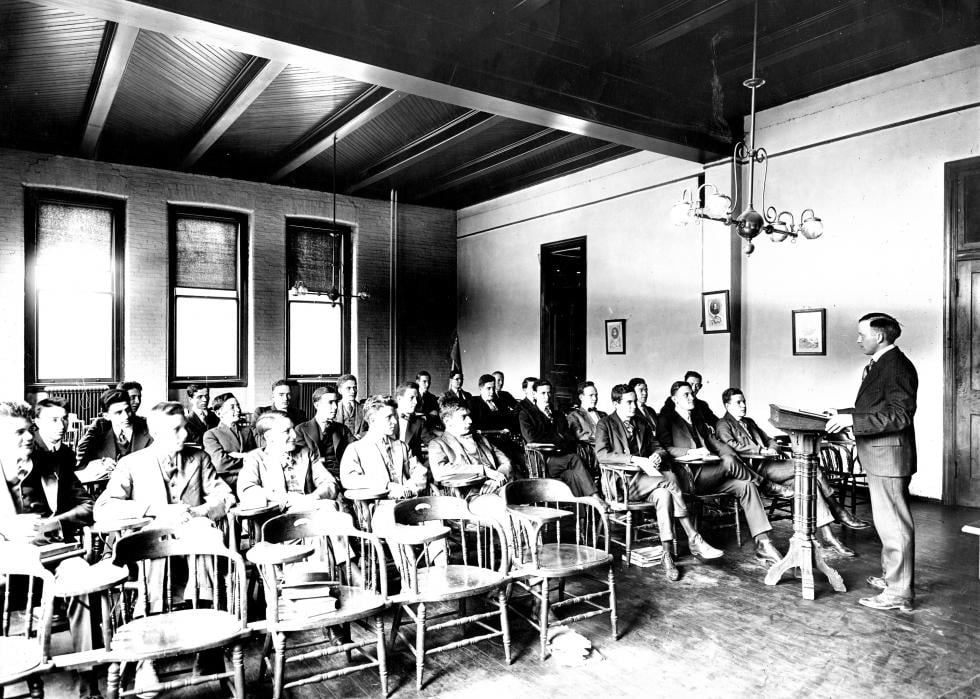
1912: Scientists and others continue to develop intelligence tests
Stanford University Professor Lewis Terman revised the intelligence testing that was developed in France in the U.S. where it became the widely used Stanford-Binet Intelligence Scale. Along with the test, he developed a formula calculating chronological and mental ages to determine the intelligence quotient or IQ. The testing was welcomed by the eugenics movement, which included Terman in its ranks and advocated for the forced sterilization of those deemed intellectually or mentally inferior.
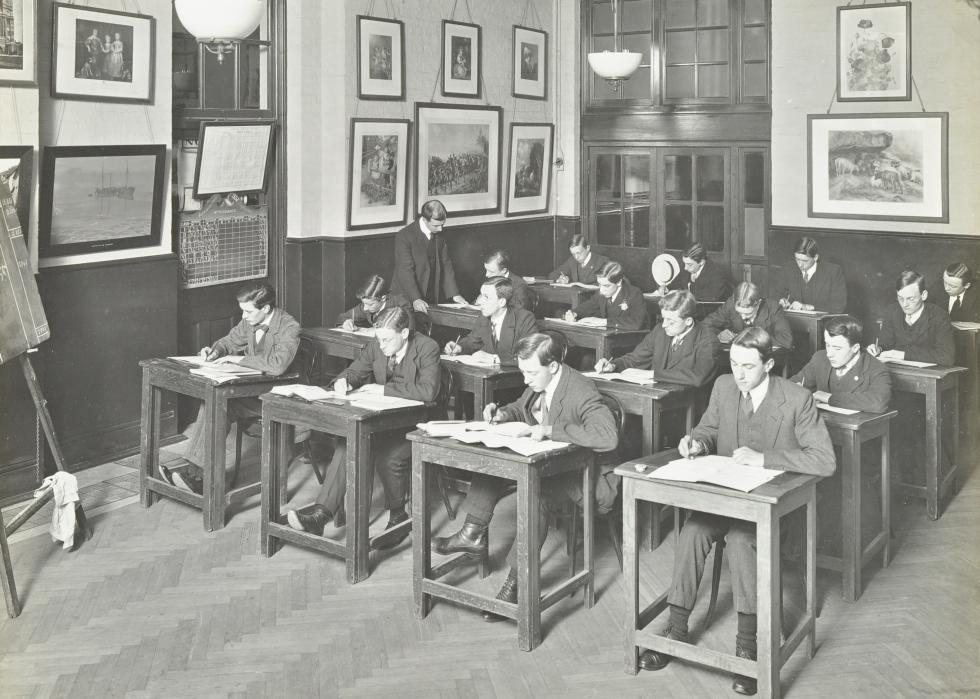
1914: The National Education Association endorses standardized testing in public schools
The National Education Association, which represented public school teachers, threw its support behind standardized testing. Testing methods were improving, making results more useful, and the findings were helpful in establishing and administering well-run schools.
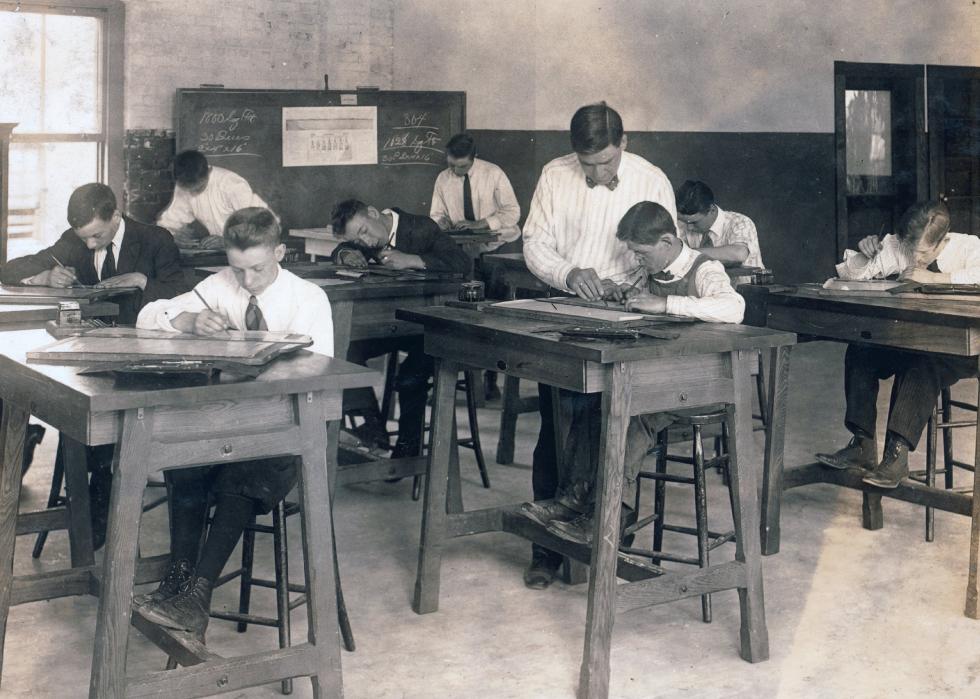
1908-1916: New achievement testing standards are implemented
Edward Thorndike, a psychologist at Columbia University, and a group of his students developed an achievement scale that could be used to measure student performance by establishing an average, or norm, in an array of subjects like math and reading. Thorndike believed strongly in the value of handwriting, which he thought could be an indicator of character and intelligence.
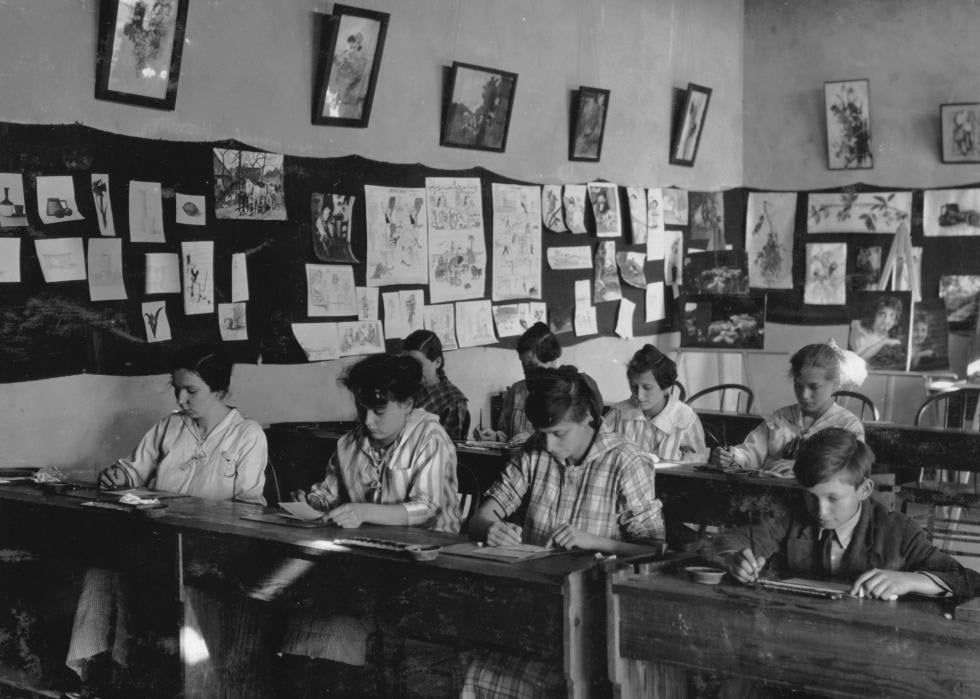
1916: A wider variety of comprehensive standardized tests become available
The use of standardized testing grew ever more widespread when the College Board, which designed tests for college placement, expanded its exams to cover a half dozen subjects. The tests included essay questions, composition, and foreign language translation.
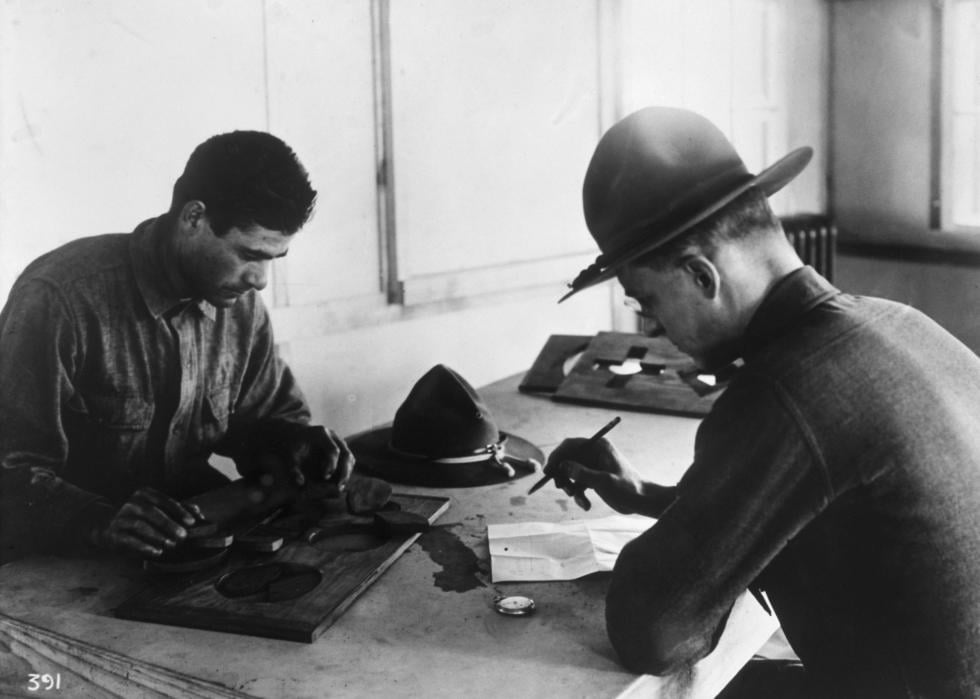
1914-1918: The US Military begins aptitude testing during World War I
Intelligence tests developed in the U.S. by Stanford’s Lewis Terman were widely used to assess American military recruits for World War I. Millions of men were tested, and those who scored highest were put into officer training.
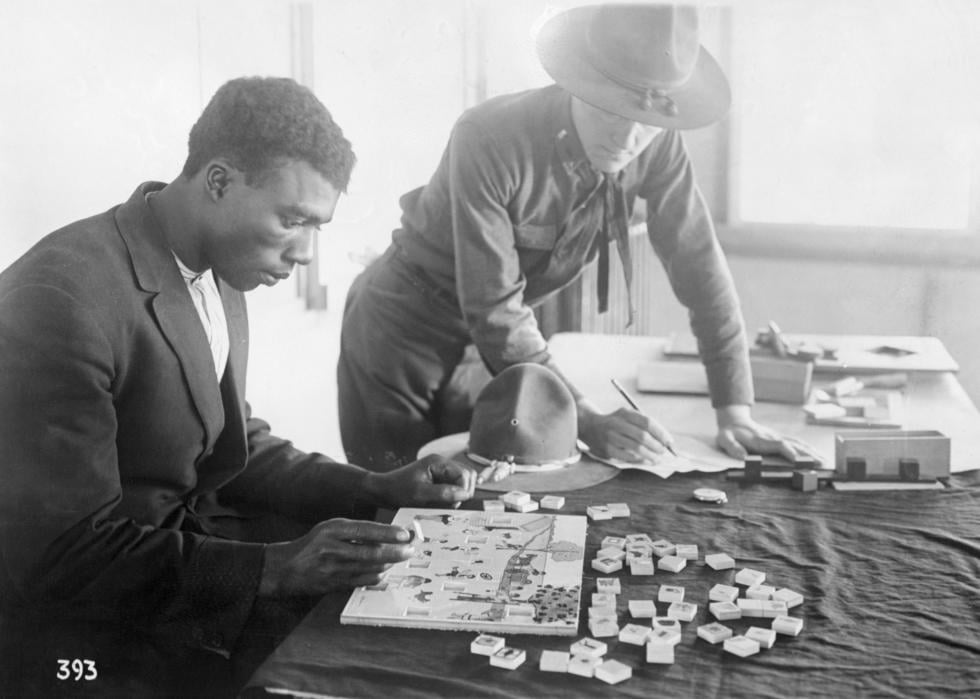
1917-1918: Intelligence testing becomes mainstream outside of the military
Test developer Arthur Otis designed exams that could be administered to large groups of people and thus were more efficient than individualized testing. His contribution to the testing methodology for mental aptitude helped fuel the public’s enthusiasm for IQ testing.
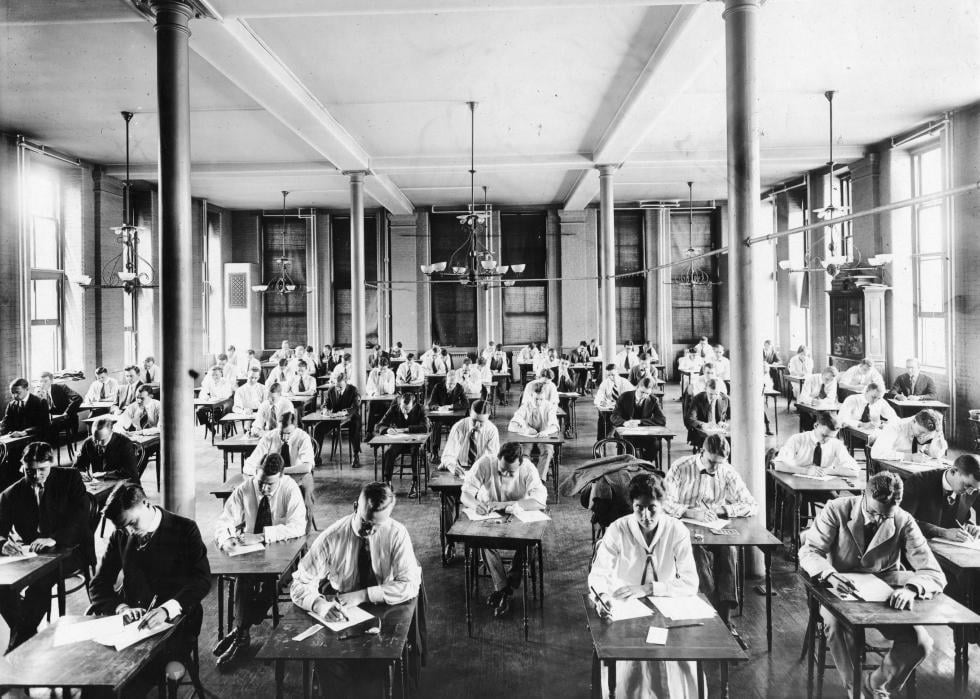
1920: Standardized testing spreads rapidly across the US
In 1920, World Book published nearly 500,000 tests. A decade later, about 2 million copies of the intelligence and achievement tests developed by Terman were sold each year.
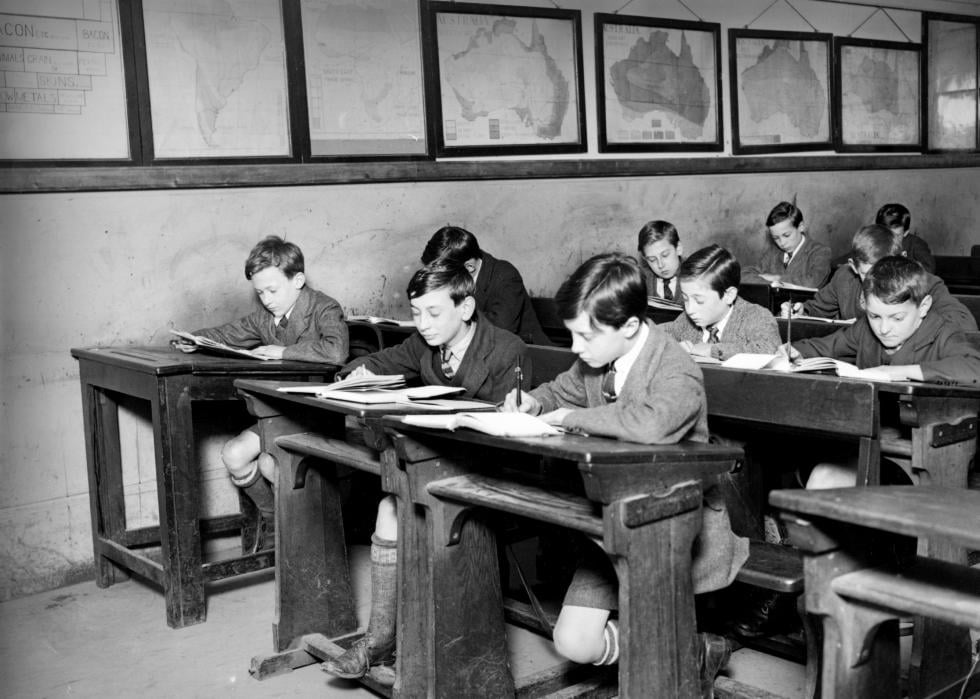
1922: Concerns are raised about the overuse of standardized tests
The influential progressive educator John Dewey became a critic of standardized testing, especially IQ tests. A believer in the power of education to reform society, Dewey felt that such testing failed to take into account how students could learn through experience.
You may also like: The best streaming services for sports in 2021
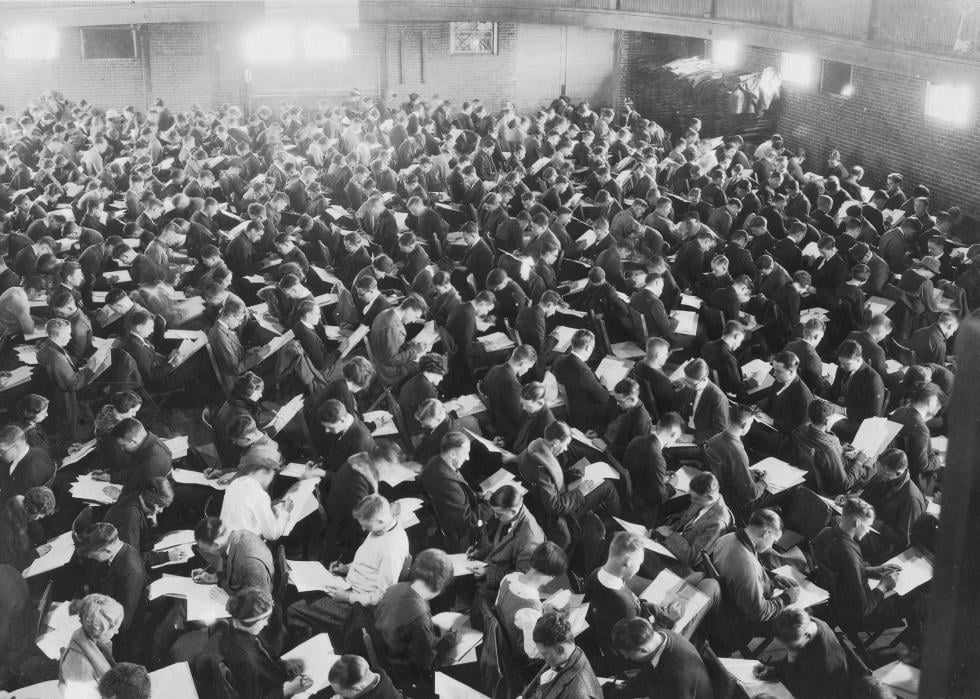
1925: Test scores become a definitive part of educational decision-making
Research by the U.S. Bureau of Education revealed how widely intelligence and achievement tests were being used to classify students. The testing was used to place students—in nearly all elementary schools and most high schools in urban areas—in groups of like abilities and channel them along predetermined educational paths.
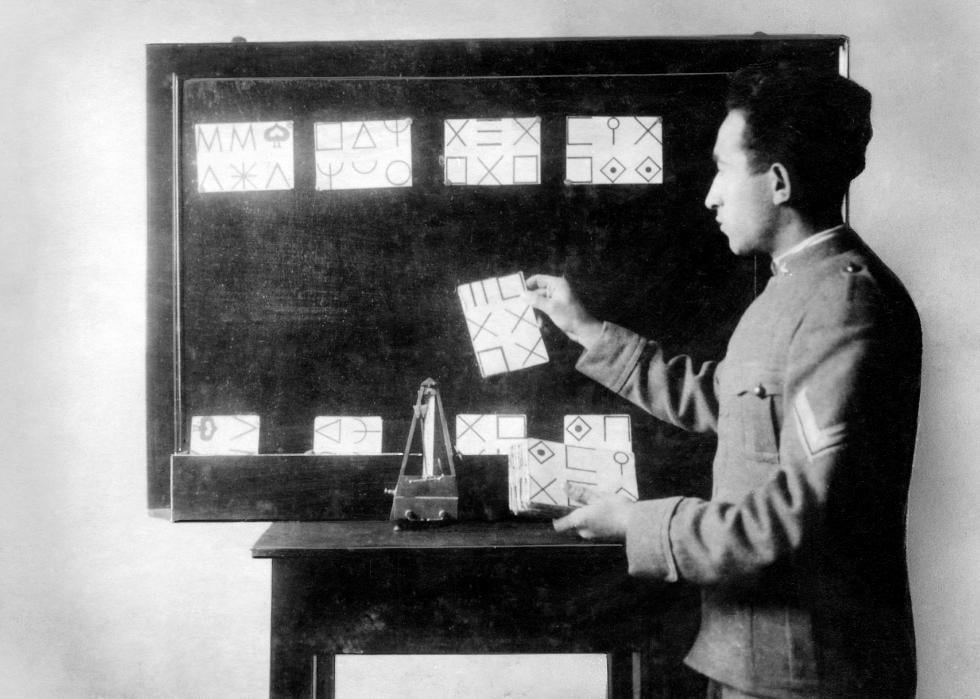
1926: The Scholastic Aptitude Tests (SATs) are implemented nationwide
The first Scholastic Aptitude Tests were introduced in 1926. The 90-minute exams had more than 300 questions on vocabulary and math.
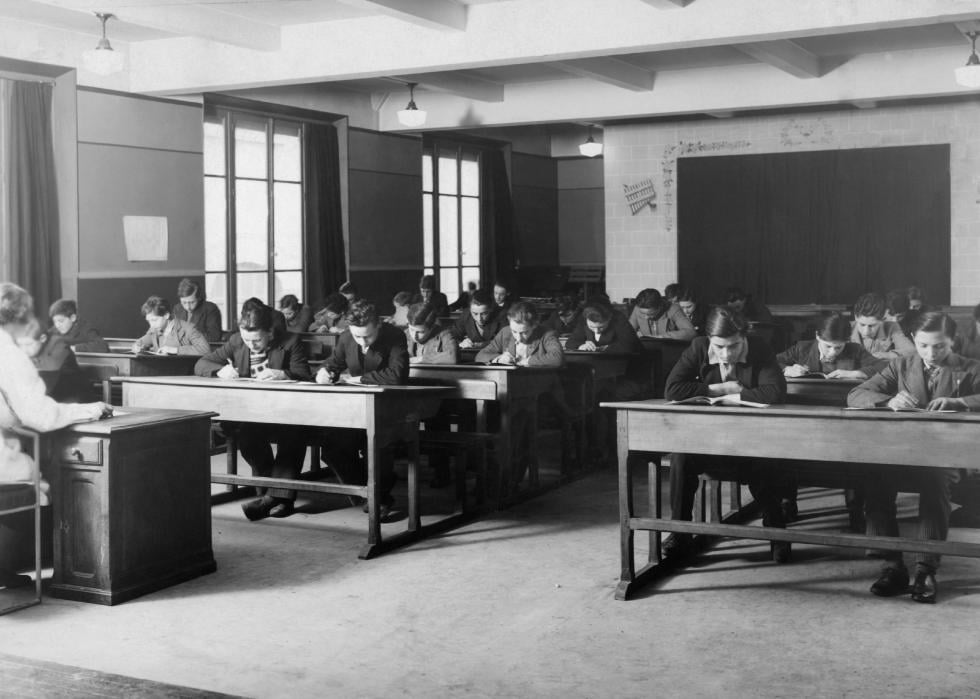
1929: Standardized testing begins to lose some public support
As the use of multiple-choice tests increased, criticism grew as well. While the testing style was credited with being easy to administer and objective, concerns were raised that it promoted guessing and memorization among students.
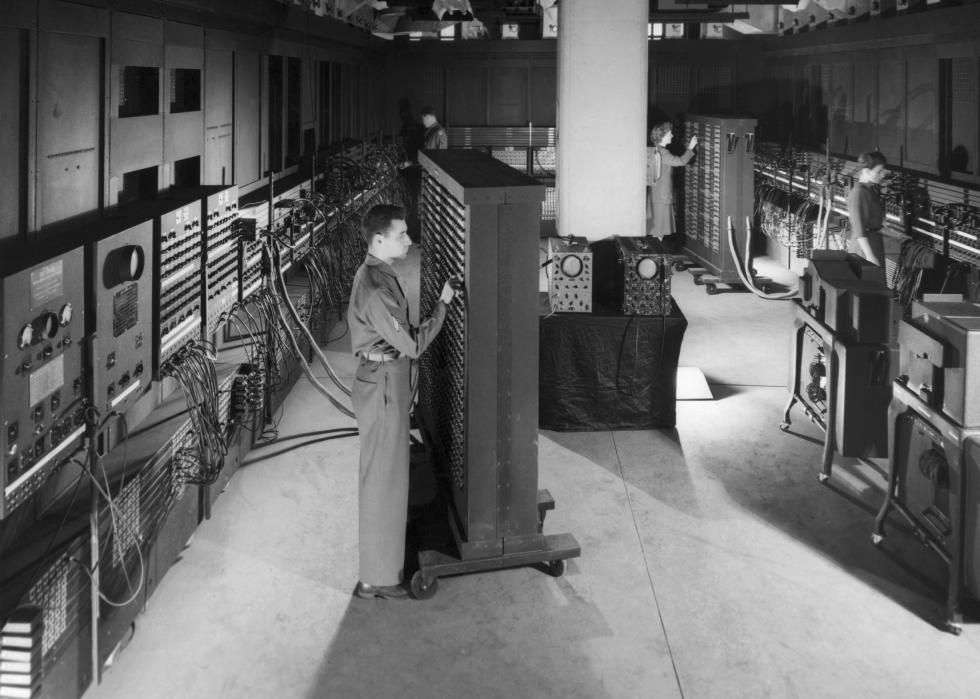
1935: Computerization aids education's reliance on standardized testing
Technical advances led to the use of computers to grade standardized tests. The increased grading efficiency meant a dramatic drop in cost, which contributed to the expanding use of standardized exams.
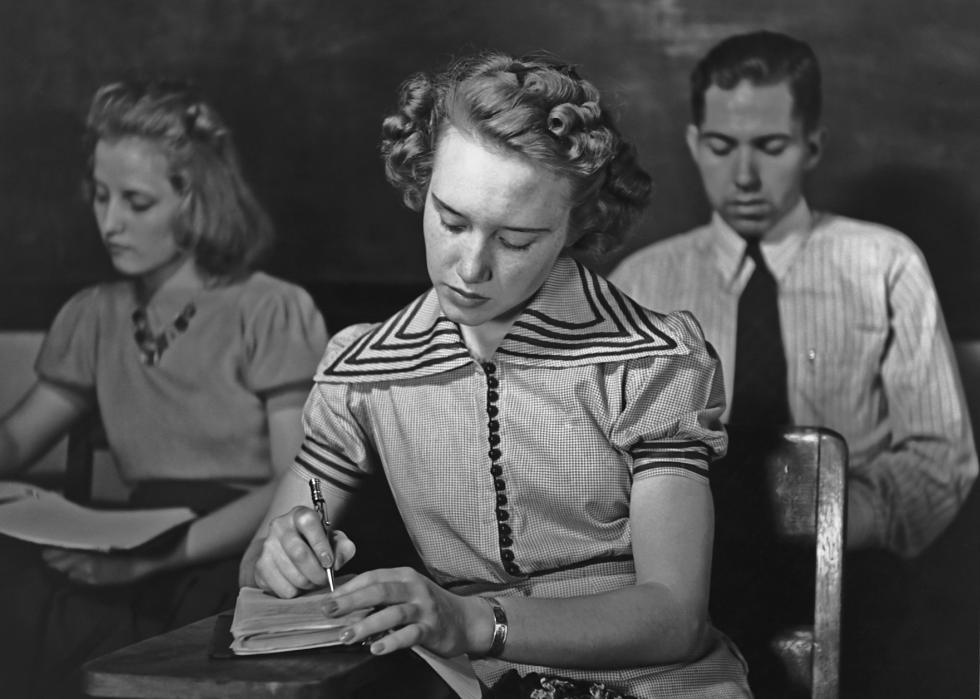
1936: The Iowa Assessments are adopted by multiple states
After the University of Iowa launched the first statewide testing of high school students, the concept spread. Within just a few years, the so-called Iowa tests were available and in use around the country.
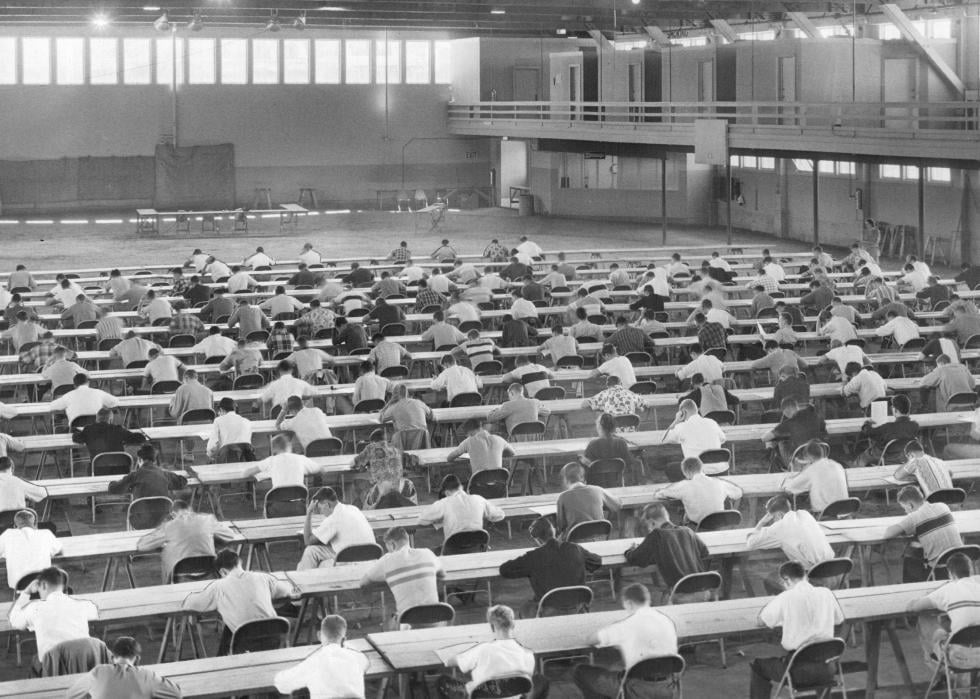
1959: ACTs are introduced
The first American College Testing (ACT) exams were administered in 1959, with sections on math, English, social studies, and natural science. Students were given 45 minutes for each section. The standardized test became widely accepted in college admissions across the country.
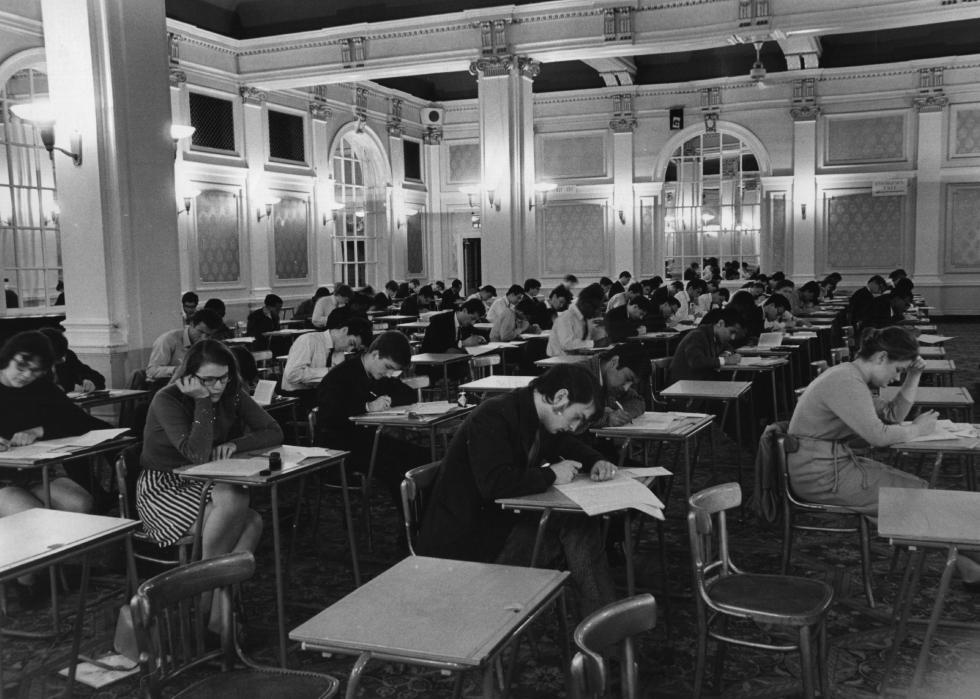
1965: Use of standardized testing adopted as part of national education plan
Standardized testing got national support when President Lyndon Johnson signed the Elementary and Secondary Education Act (ESEA) as part of his War on Poverty campaign. The law signaled a commitment to equal access to education, and its programs included the use of standardized testing to assess progress and accountability. The College Board expanded SAT testing, and the PSAT for younger students started to be used in determining winners of the prestigious National Merit Scholarships.
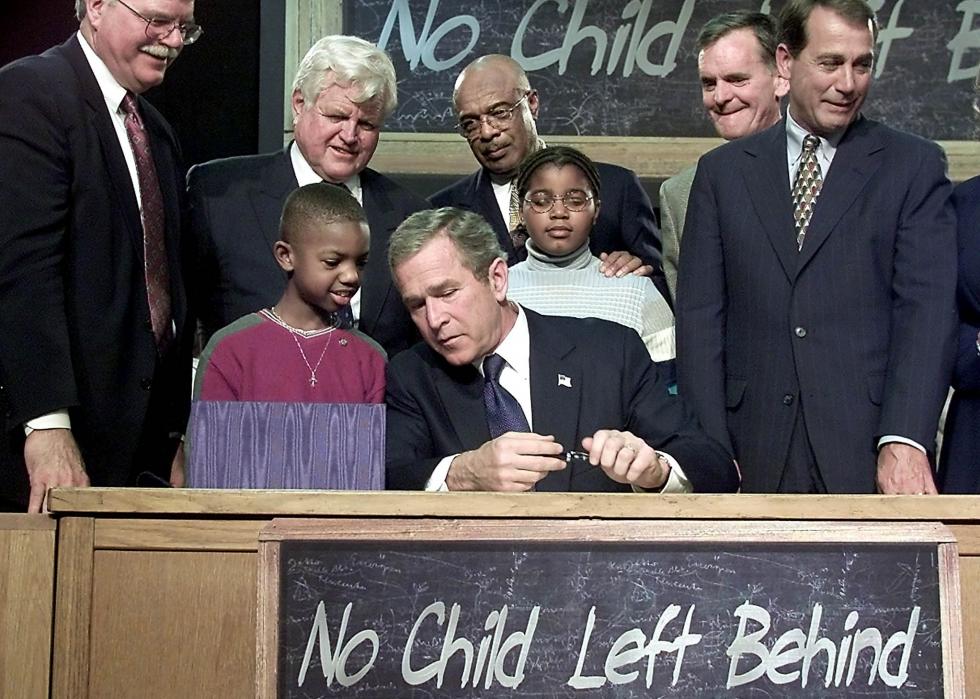
2001: Standardized testing becomes the one and only measure used for achievement
The No Child Left Behind Act (NCLB) approved by Congress in 2001 was aimed at holding schools accountable for students’ achievements. Under the law, states had to test students regularly on reading and math, report the results, and ensure that students reached levels of proficiency. Failure to comply or achieve the goals put schools at risk of losing federal education funds.
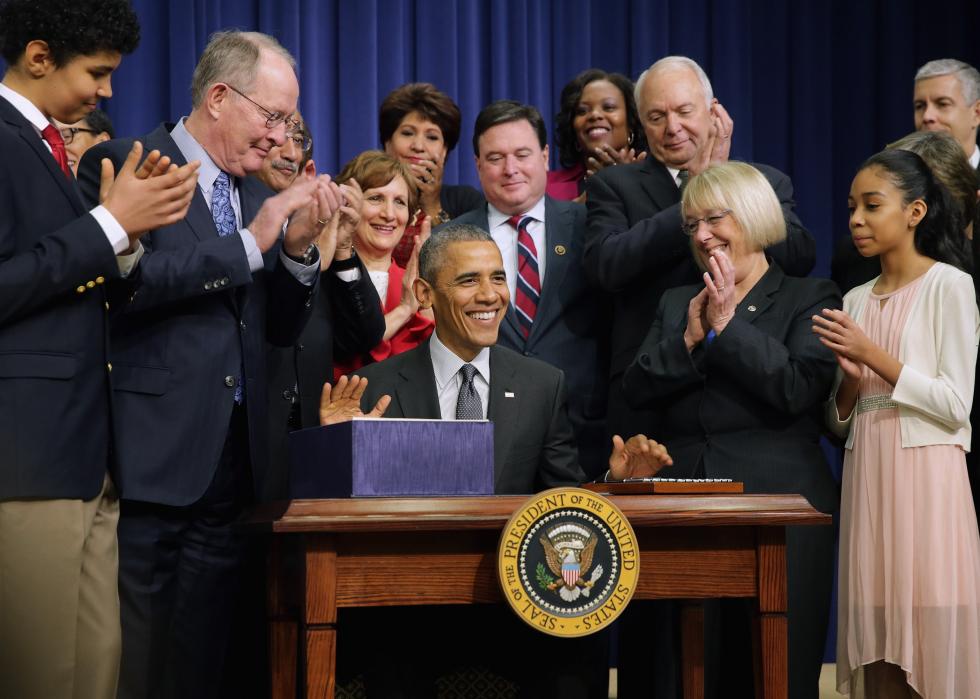
2015: Attempts to reform standardized testing begin
In response to No Child Left Behind, the Every Student Succeeds Act (ESSA) signed by President Barack Obama took a more flexible and nuanced approach to student testing. It replaced some of the most stringent aspects of the previous law with more discretion by state and local school districts.
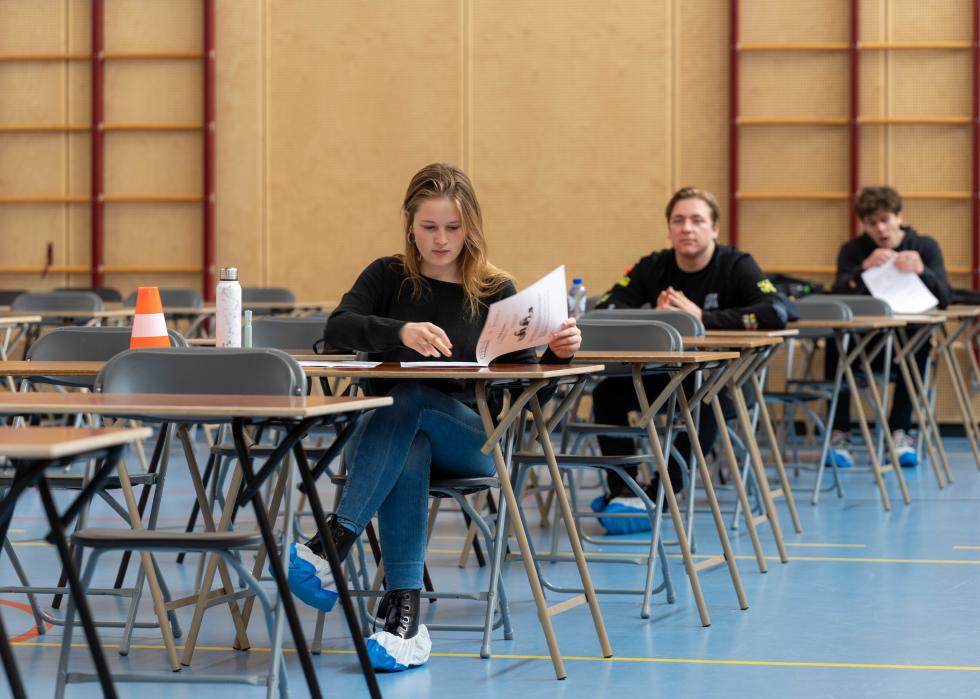
2020: The COVID-19 pandemic makes in-person testing a challenge, causing some colleges and universities to become temporarily or permanently test-optional
Due to COVID-19 safety protocols that would not allow for test administration, schools began to stop requiring SATs or ACTs for admission or made such testing optional. The move meant putting more focus on grades, extracurricular activities, and other application factors for admission.
You may also like: The best streaming services for football in 2021



